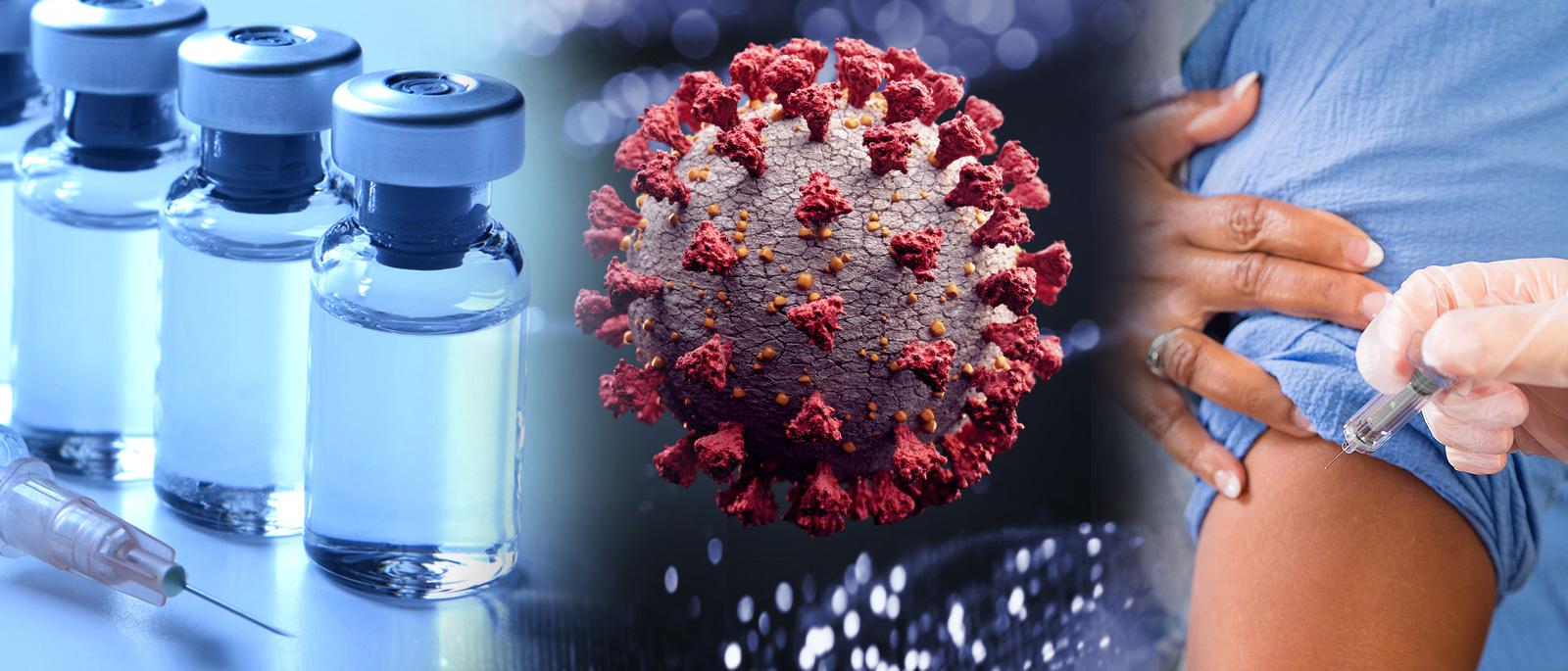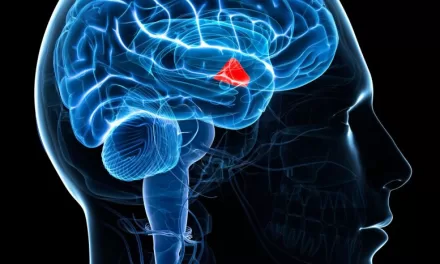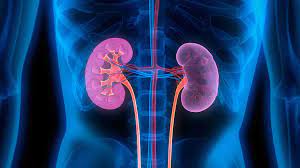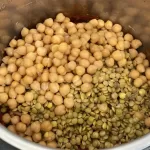Pharmaceutical commercials frequently mention JAK inhibitors, yet few viewers understand the significance of the JAK family of enzymes. Now, groundbreaking research from scientists in Israel and Germany has shed light on these crucial enzymes, revealing new insights that could lead to advanced therapies for autoimmune disorders and immunodeficiencies.
The Role of JAK Enzymes in Inflammation
JAK, or Janus kinases, play a pivotal role in immune system signaling and inflammation. These enzymes facilitate communication between cells by binding to cytokine receptors, which regulate gene transcription and immune responses. The four members of the JAK family—JAK1, JAK2, JAK3, and TYK2—have long been targets for medications treating conditions such as eczema, arthritis, and ulcerative colitis.
A Competitive Binding Process
In a study published in Science Signaling, lead researcher Dr. Eyal Zoler and colleagues from the Weizmann Institute of Science in Israel and Osnabrück University in Germany explored the molecular behavior of JAK enzymes. They discovered that these enzymes compete with one another when binding to cytokine receptors, challenging previous assumptions about their exclusivity in signaling pathways.
“Our results indicate that interferon-alpha-1 and interferon-alpha-2 can recruit different JAK members with unexpected promiscuity; however, optimal signaling activity requires JAK1 and TYK2,” Zoler explained.
This competitive binding mechanism could explain variations in cytokine signaling across different cell types and provide a foundation for the development of novel medications with more targeted effects.
Implications for Future Treatments
The research highlights the JAK-STAT pathway as one of the most direct routes for intracellular signaling. By experimenting with synthetic interferons and cell lines deficient in various JAK enzymes, the team demonstrated that interferon-alpha receptors could engage multiple JAKs depending on their abundance in the cell. This revelation suggests new possibilities for immunomodulatory therapies that fine-tune cytokine signaling rather than broadly inhibiting JAK activity.
“Elucidating the molecular grammar underlying differential JAK usage promises to uncover new therapeutic strategies for immunomodulation,” the researchers concluded.
Conclusion
As scientists continue to unravel the complexities of JAK enzymes, their findings may inspire the next generation of targeted treatments for autoimmune and inflammatory diseases. The interplay between JAK kinases and cytokine receptors provides a promising avenue for pharmaceutical innovation, offering hope for patients with chronic conditions.
Disclaimer
This article is for informational purposes only and does not constitute medical advice. Readers should consult healthcare professionals before making any medical decisions related to JAK inhibitors or other treatments.











